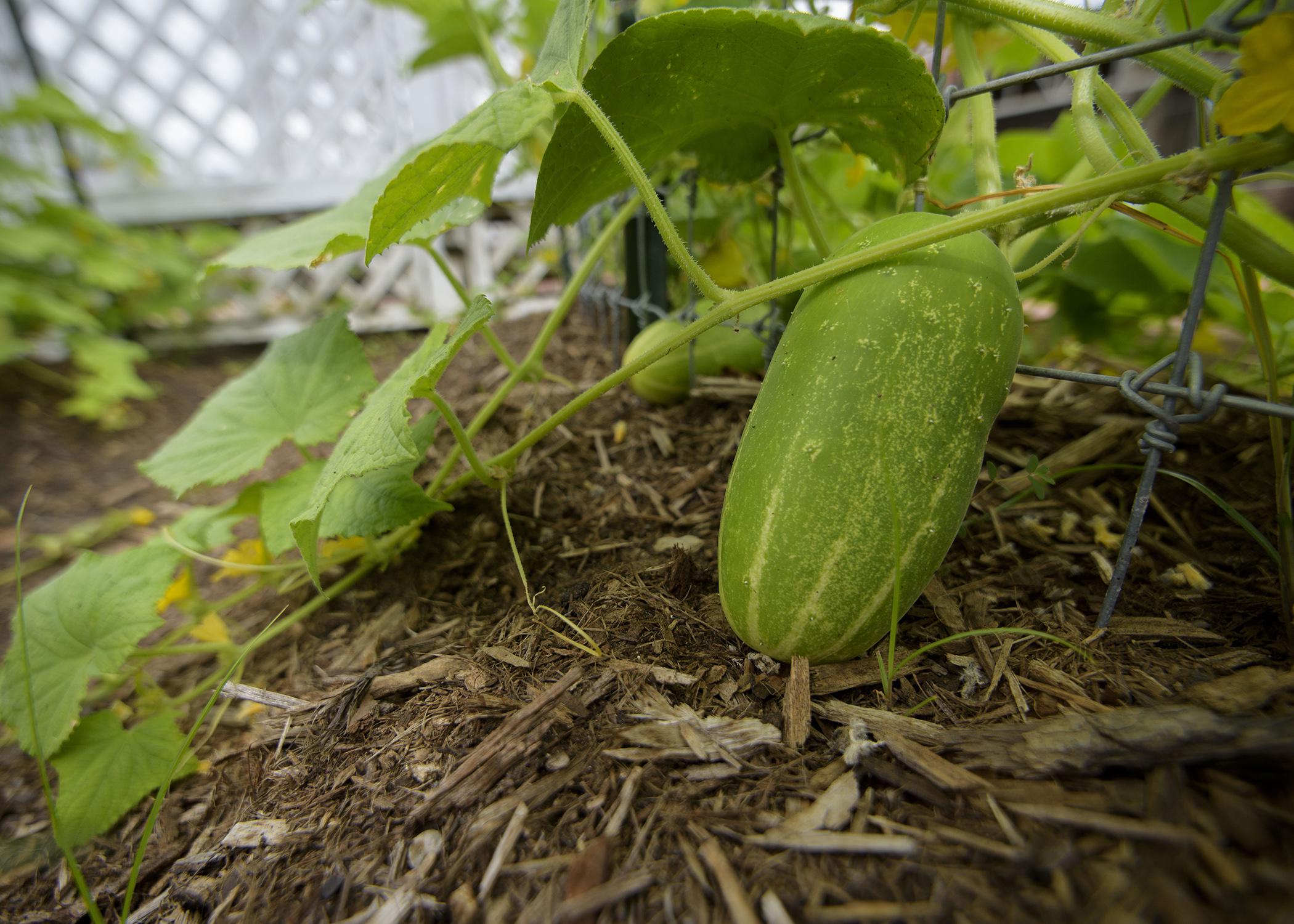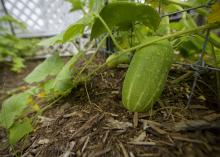Information Possibly Outdated
The information presented on this page was originally released on November 11, 2019. It may not be outdated, but please search our site for more current information. If you plan to quote or reference this information in a publication, please check with the Extension specialist or author before proceeding.
Modern gardeners have all the love, new goals
This past weekend, I had the privilege and pleasure of being an invited speaker at the Gardening for Life Symposium hosted by Magnolia Plantation and Gardens in Charleston, South Carolina. I was a member of a diverse group of speakers from across the country.
In this column, I’m sharing a condensed version of my presentation, which described how the perceptions and expectations of the gardening public have been shifting.
Over the last 20 or so years that I’ve been involved in urban and consumer horticulture, I’ve noticed a shift towards increased landscape and garden interest.
Data collected by the National Initiative for Consumer Horticulture, available at https://consumerhort.org, suggests that interest in vegetable gardening increased 17% from 2014 to 2019 -- largely caused by a 63% increase in interest among 18- to 34-year-olds.
These new, younger gardeners tend to be highly educated and digitally connected. They want what they perceive to be the simple pleasures past gardeners experienced, but they don’t want those big gardens. Container growing is highly attractive to them, especially considering they may only have a patio or balcony for their garden footprint.
The modern gardener also has constraints that gardeners from previous eras did not encounter, such as having jobs outside the home and their perception of garden labor requirements. There is also a shift in garden size. Modern, urban gardens have smaller footprints, restricted by ever-decreasing lot sizes.
New gardening consumers wants to grow some of their own food and are worried about food security and production. They want organically grown food, but there is a limit to the effort they are willing to expend to grow their own food organically.
They prefer locally grown food, and they want to know where it comes from. With much of the food supply being transported long distances, any news of disruptions such as weather or disease, is a concern, especially in large cities where food has to be shipped in every day.
The sources of information for modern gardeners are also changing. It used to be that Home & Garden Television was the go-to source, but what happen to the G in HGTV?
If you look at the show lineup for at least the last 10 years, you’ll see a steady influx of home remodeling, home flipping and real estate shows at the expense of gardening. Any mention of gardening is only a tiny fraction across all of the current shows.
I wonder if they would consider my suggestion for increased gardening information: “Home and Gary Television”? I’m just sayin’!
So, where do the modern gardeners get their information? This digital gardening generation often looks to social media, which is a wonderful vehicle for getting information out quickly to a wide segment of the gardening public.
But the problem with social media is that it also organically propagates bad information just as quickly.
These new gardeners like to go directly to the source for their information. As a result, there has been an increase in symposia, workshops, garden shows and festivals that are asking garden and landscape influencers to be speakers. Attendance at these events is increasing every year as attendees seize the opportunity to interact with experts.
Today’s gardeners also do not want to plant on a trial-and-error basis. The modern gardener wants recommendations, which feeds into the expansion of branded plants. National programs like Proven Winner and First Editions and state programs like the Mississippi Medallion Winners and Louisiana Super Plants give plants their personal seals of approval.
What all this means is that if the horticulture industry wants to keep market share and customers, then a primary concern should be addressing the perceptions and expectations of the modern gardener.




